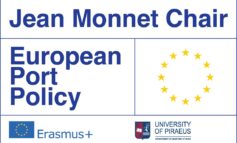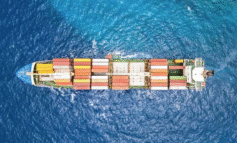PortEconomics members Pierre Cariou and Jason Monios, joined by Gabriel Figueiredo de Oliveira (University of Toulon, France), investigated the changes in European container port rankings to determine if and how a new dynamic phase can follow a phase of maturity in a container port range.
Their portstudy examines mobility in ranking from 2000 to 2019 and sheds light on the influence of neighbouring ports in a range as well as the level of maturity of each range. Findings from three different methods (Gini coefficient and the Lorenz curve; Markov chains; Spatial Markov Chains) show that, overall, there is a low probability for ports to change status and enter into a new dynamic phase.
The results confirm that path dependence plays an important role in port systems with very low inter-class mobility. When mobility occurs, it is mostly for small and medium ports, and this mobility is higher when ports are surrounded by large ports. These results suggest that competition with existing larger ports can be good for the port system rather than allowing traffic to concentrate in a small number of ports. Finally, mature port ranges can enter a renewed dynamic phase as smaller ports seek either to compete for market share or seek mergers with large ports where competition possibilities are absent.
Anyone clicking on this link before December 08, 2023, will be taken directly to the final version of the article on ScienceDirect, which you can read or download. No signup, registration or fees are required: de Oliveira, G. F., Cariou, P., Monios, J. (2023). Mobility in European container port rankings. Journal of Transport Geography. 113: 103729.











